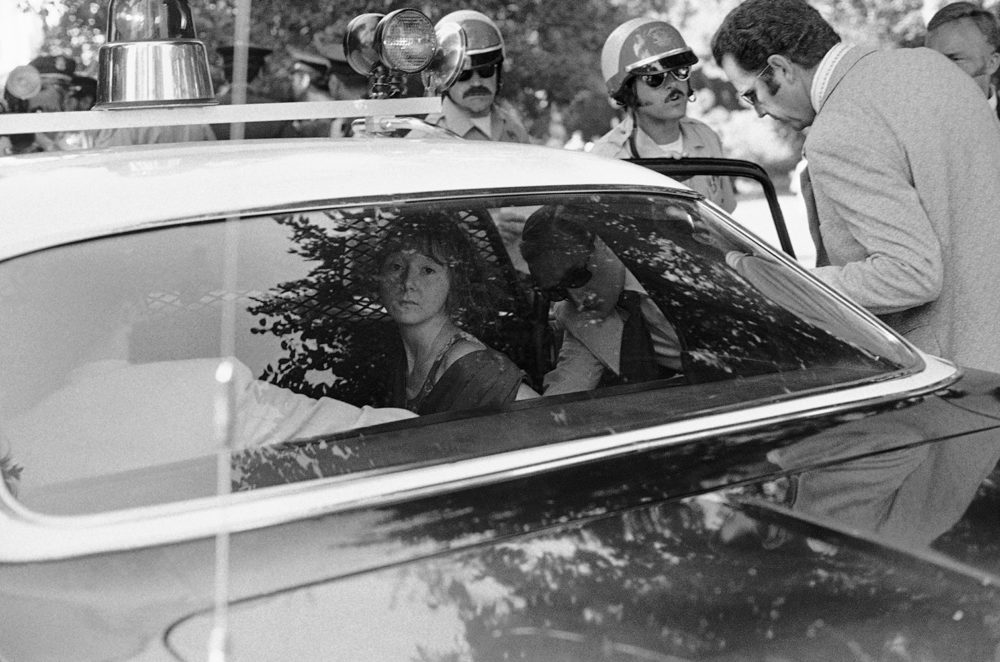 Menu
Menu
 Menu
Menu
Why do some fanatics turn violent? Terrorism researchers Bart Schuurman and Max Taylor found three common features of violent fanatical movements. They...
If a movement insists that something terrible is about to happen, if it does not allow its followers to openly question the movement, and/or if it starts to explain away violence, it may become violent.
Consider the following fanatical movements that turned violent. Which of these above features did the movement have?
In the late 1960s a doomsday cult formed around Charles Manson. Manson, who had a history of mental illness and drug misuse, began preaching an anti-establishment doctrine. To find followers, he would target social outcasts and young middle-class women.
Soon his cult, called The Manson Family, had about 100 members.
The “Family” set up a commune at a disused Californian ranch. Manson became increasingly deranged, and preached of a coming race war. He based his doomsday prophecy on a bizarre interpretation of The White Album by the Beatles.
In 1969, Manson arranged for the murder of several people, including actress Sharon Tate, for reasons that are still unknown. The cult largely disbanded once Manson and some of the Family were charged, tried, and imprisoned for the murders. However, some family members never renounced their radical beliefs.

Manson family member Lynette “Squeaky” Fromme being placed in a police car after pointing a loaded gun at American President Gerald Ford, 1975.
The Ku Klux Klan (KKK) is probably North America’s most notorious white supremacist group. Its first wave, from 1865-1871, was a Confederate backlash to rights gained by Black Americans following the Civil War. It peaked in a second wave, from 1915 to the early 1930s, with over 4 million members. A smaller, determined resurgence took root in the 1960s, again as a backlash to Black rights. Today, its membership is estimated at perhaps 6000 people.
Because the Klan is decentralised, it is difficult to sum up their beliefs. That said, they are generally motivated by a misguided belief that minority rights are destroying society. Their ceremonies are ritualistic, featuring wardrobes, mantras, and powerful imagery.
Thousands of horrific crimes and murders have been committed by the KKK, most often targeting Black people. But it also has taken aim at sexual minorities, Indigenous people, Asians, Jews, Catholics, and many others.

American Klan members burn a cross in opposition to progressive presidential candidate Henry Wallace, 1948.
In 1963, three militant Quebec nationalists founded the Front de libération du Québec (FLQ). Inspired by Communist and anti-colonialist movements, particularly in Cuba and Algeria, the FLQ called for an independent, socialist Quebec through armed revolution.
By 1970, the FLQ committed 200 bombings and robberies, and even hijacked a plane. Nine people died and dozens were injured. Then that October, FLQ cells kidnapped British diplomat James Cross, and Quebec cabinet minister Pierre Laporte.
In response, the federal government invoked the War Measures Act, a law that temporarily suspended many civil liberties. The following day, Pierre Laporte was found dead in the trunk of a car.
Police performed almost 3000 searches without a warrant, and arrested and detained nearly 500 people. Of these 500, only 62 were charged and 18 convicted of a crime.
Cross was eventually released through negotiations, and Laporte’s four kidnappers were caught, tried, and imprisoned. The FLQ, which had less than 40 members in 1970, soon disbanded.